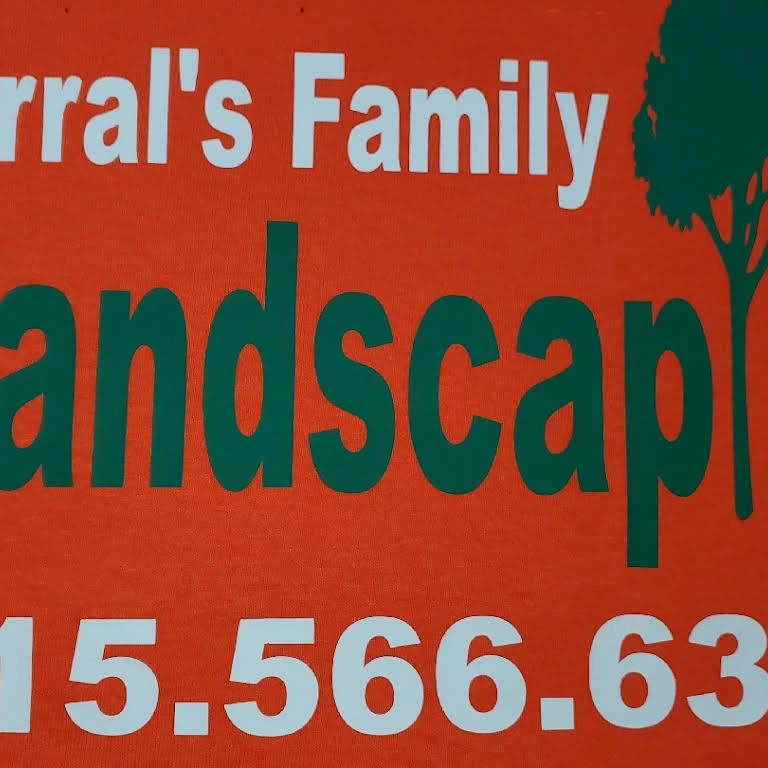How To Choose the Right Rockford Tree Service
When comparing tree removal companies, it's important to check for certain criteria, such as services and licenses. We highlight key factors below.
Vet the Company's Qualifications
Tree service companies should have insurance to protect their workers and customers. Some examples of policies include workers' compensation, professional liability, and general liability insurance. The policies should specifically mention tree work coverage otherwise, you might be responsible for any damage or injuries that occur on your property. Tree removal companies don't need any mandatory national certifications, but might employ a certified arborist to perform inspections. An arborist is a specialist who's earned voluntary certifications from the International Society of Arboriculture (ISA). Companies aren't required to employ one, but arborists provide many benefits due to their training in tree maintenance, care, and preservation.
Get Quotes From Multiple Companies
We recommend requesting quotes from multiple companies to find the best deals. Compare all aspects of your quote, such as timelines, service fees, and included services.
Confirm the Company Performs Residential Tree Services
Residential tree removal companies have fewer restrictions than commercial ones. Commercial companies work on large commercial projects and therefore must follow certain local ordinances. For this reason, we recommend using a company that specializes in residential tree services.
Request a Tree Risk Assessment
A tree risk assessment (TRA) involves visually inspecting a tree to evaluate the risk of it or its branches breaking. This is called tree failure. Assessing tree failure before beginning work helps protect both tree service workers and your property. Certified arborists are typically the ones to conduct TRAs. Some companies include a free assessment with their services, while others charge an additional fee. Request a TRA before starting any real work.
Ask About Stump Removal
Many tree removal companies can also handle stump removal, either by hand or with specialized equipment. This is important because unattended stumps will rot and attract pests and disease. Ask whether your tree removal company includes stump removal with its services. It typically costs from $96 to $708, with the typical Rockford homeowner paying around $450.
How Much Does It Cost To Remove A Tree?
Tree removal services cost $439-$1,930, with an average cost closer to $901. Several factors influence the price, like tree size and type, tree health, and project size. You'll pay more for emergency services, with costs around $2,316. Companies may charge per acre if multiple trees need to be removed. The price might also increase if your trees have a higher failure risk and require additional labor, equipment, or safety precautions.
Ready to Get a Quote on Your Tree Project?
Please enter a valid 5-digit zip code!
Frequently Asked Questions About Tree Removal in Rockford
What are some common tree issues?
How are tree pruning and tree trimming different?
How can I tell if a tree is dangerous?
Do I need to hire a professional for tree removal?
Is it safe to leave a downed tree sitting on my lawn?
To share feedback or ask a question about this article, send a note to our Reviews Team at reviewsteam@thisoldhousereviews.com.













